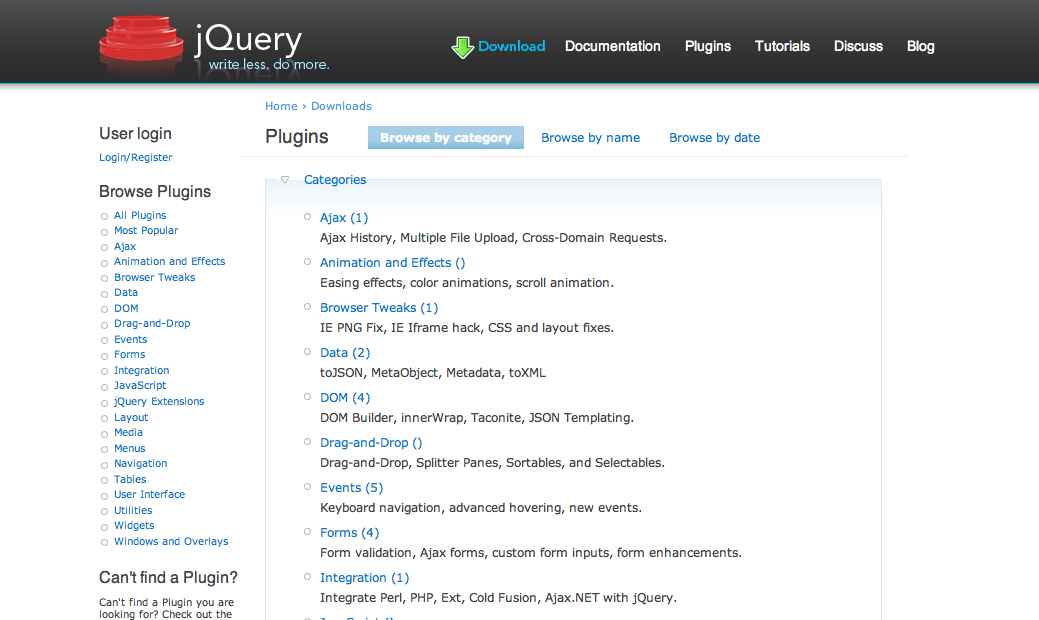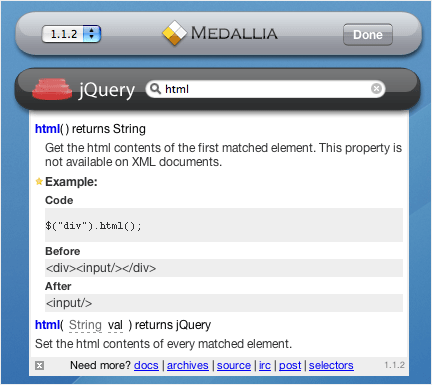Those of you who have been around for a while know that in September of last year I published the first issue of the Visual jQuery Magazine. In October, the magazine was also released in French.
The mag had interviews with important jQuery community members (like creator John Resig, plugin editor Dave Cardwell, etc.), articles on jQuery features and implementations, and even a piece or two on alternate Javascript libraries, complete with quality graphics and original art.
The positive response was incredible, and people really seemed to like it. Unfortunately, though I’d initially planned on making the magazine a monthly publication, things fell to the wayside as my schedule got progressively more hectic. Since Issue 1 I’ve found a new job (new then; about eight or nine months old now), moved across the country (NY to CA), and gotten a huge chunk of the way through writing my first book (stay tuned for details!). Clearly, things have been busy.
The lack of Issue 2 has been bugging me since Issue 1, and I’ve decided it’s time to make it happen (this, I admit, is also largely in part to my good friend Rey Bango’s recently renewed effort to push jQuery forward). Thankfully, the magazine’s lead designer and the team of French developers/translators have all expressed an interest in helping make Issue 2 happen, which makes this goal a lot more tangible.
Issue 1 was an experiment, and it went really well. Since it was a first though, it was very much “the Yehuda show.” I’d like Issue 2 to be more of a collaboration of contributors; there are a lot of jQuery topics to explore, and a lot of team member and users with fascinating tales to tell.
As such, I’m putting the word out there. I’m looking for contributions for Issue 2 of Visual jQuery Magazine. Articles can vary in length extensively, from brief three paragraph shorts, to three page features. They can be tutorials, feature articles, interviews and lots of other things I’m sure you’ll all think of. Just a few brief (and somewhat flexible) guidelines:
Please email a proposal or brief description of your submission before spending a chunk of time working on it; that way we can avoid running out of space and ensure that everything print-worthy gets in. Email submissions and letters to the editor to editor AT visualjquery DOT com.
As I said from the beginning of this project, I think that the magazine has real potential to open up the jQuery world to new users, and hope that by pushing the envelope of community-produced content, we can keep jQuery moving forward in it’s current positive direction. I, for one, I’m really excited about it.
I will also be accepted advertisements, with all proceeds to go to the jQuery project. If you’re interested, please email me!





